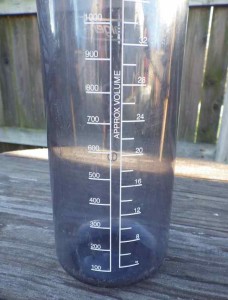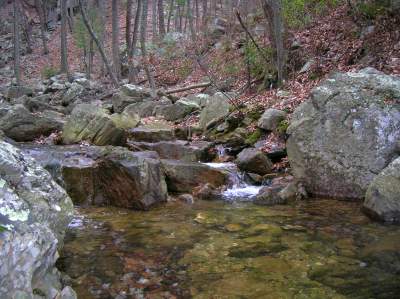What is dehydrating
Dehydrating is the process of removing moisture from food using the process of evaporation.
Food items can be dehydrated simply by hanging them in a warm dry area until dried. I think of those garden fresh herbs tied up in small bundles hanging from the ceiling in my Sister’s pantry.
Other methods of getting moisture out of your food items is to place those products outside on warm sunny days. Recall those Native American images of buffalo drying on wooden racks next to smoky fires.
Lots of folks, including myself, own food dehydrators to help the drying process along. These are typically appliances that blow warm air across food.
I dehydrate a lot of food items in my house. Including making a good amount of beef jerky for my own outdoor adventures.
To rehydrate, simply add the water back and wait. Rehydration is dependent on how big the food items are. Smaller items rehydrate much faster. Boiling water seems to help the process along. In my experience, it takes longer to rehydrate my homemade dehydrated meals.
What is freeze drying
Freeze drying food a form of dehydration that was developed during World War II.
It works by freezing food items to really cold temperatures in a vacuum, typically around -50 or -60 degrees Fahrenheit. Then, the food items are heated slightly, just enough for the moisture to evaporate from the food through a process called sublimation. The water vapor then freezes on condenser plates versus the food.
Freeze dryers are available for home use. They are expensive, at least I think so, running on the distant end of $3000.
Freeze drying seems to affect the texture of the food less than dehydrating.
Why freeze dry or dehydrate food
In short, for preservation. Another answer is to reduce weight.
When out backpacking, weight is an issue. I really don’t want to carry around a heavy load of gear. I also don’t want any food that I bring along to spoil. Freeze dried or dehydrated is my go-to solution.
Supplementing your survival pantry with freeze dried and dehydrated food is another reason. Here in my neck of the woods, I have experienced prolonged several-day power outages due to weather events. Just turn on your television, seems like there is always a crisis somewhere, –eventually, –perhaps, –maybe in your own backyard? Having a supply of food on hand just makes good sense! Remember that Boy Scout motto, “Be Prepared!”
How much water?

Use your Nalgene water bottle as a multi-tasker.
I carry 2 water bottles when I go out backpacking. A 48 ounce Nalgene wide mouth BPA free water bottle, and a 40 ounce Kleen Kanteen wide mouth stainless steel water bottle.
The Nalgene bottle has 2 ounce graduations, so you can easily see what you are pouring into your mug or pot for boiling.
As an example, I see that I have 22 ounces of water remaining. I need to boil 1 3/4 cups, or 14 ounces of water for dinner.
6 ounces = 3/4 cup
8 ounces = 1 cup
So, I just pour water into my mug until I have just 8 ounces remaining in my water bottle.
The Kleen Kanteen stainless steel water bottle a multi-tasker as well, should I ever find myself needing to boil some drinking water using a fire, –making it safe to drink.
Both water bottles fit my MSR MiniWorks water filter.
The cost of freeze dried food
Seems like there is always someone complaining about the cost of freeze dried food. Most of these freeze dried food pouches I have tried and reviewed cost somewhere around $6.00 to $8.00 each.
Just consider what you are purchasing?
– The convenience of just-add-water preparation
– Lightweight
– Low bulk and very packable
– Long lasting, 10 plus years shelf life on most products
– Overall, pretty darned tasty
– You can jazz these up however you prefer

Yes, you could tote along the bulky and heavy cans of food. Then haul those very same empty cans back. Not much variety available? Beef stew, pasta in one form or another.
In my book, the “ambiance” of eating outdoors, at a camp site, or along the trail is way better than sitting at home and sitting on the couch wasting away another weekend watching reruns.
Mountain House Wisdom

. . . . to be continued . . . .
